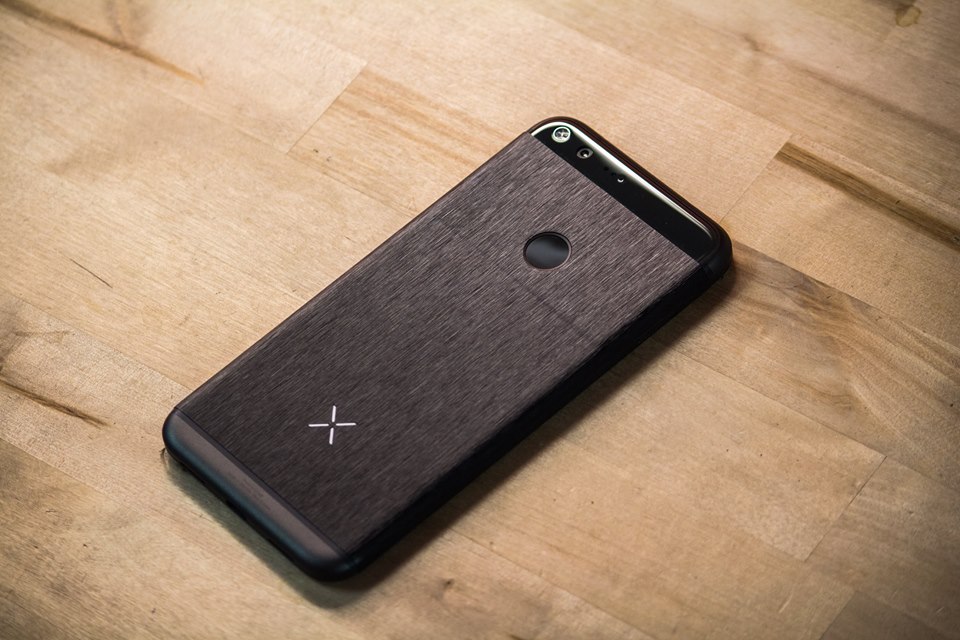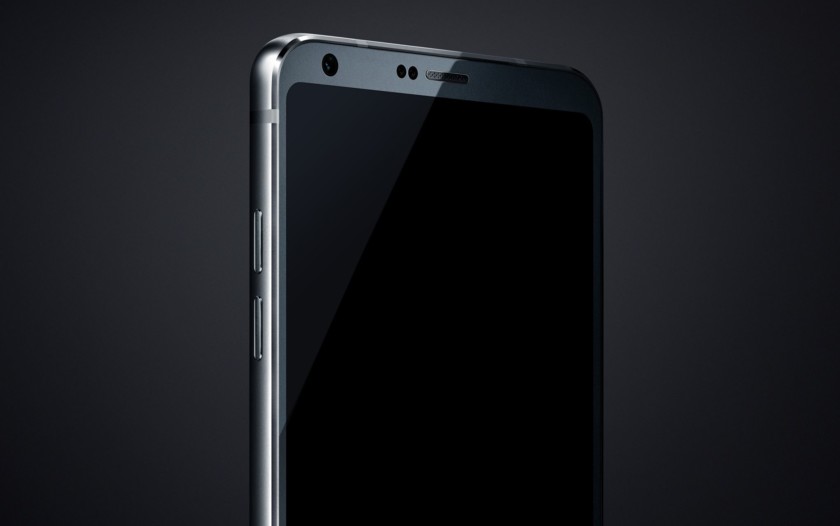Flagship Roundup – The Best of the Best

The Galaxy S8 is looking to recapture the magic of the Galaxy S7, and regain customer confidence after the Note 7 Battery disaster. Photo by: Samsung Mobile
With Samsung’s Galaxy S8 launching before the month is out, I wanted to take a look to see what it was up against in the smartphone space. Rivals Apple and LG have their phones already to market, while others like HTC and Google quietly carve their niche in the flagship arena. Maybe you’re waiting to see how the S8 behaves in public, or you’re not interested in the latest Samsung offering and are looking to try something new. We’re here to help.
Pixel: A Phone by Google, Manufactured by HTC

Google Pixel features a refined design, accented with glass panels. Photo by: Michael Speer Photography
The successor to the highly successful Nexus lineup still lives on in 2017 as a viable contender for your smartphone affections, as it is the only phone to receive Android Updates as quickly as they are announced. Featuring an extremely sturdy Glass and Aluminum Unibody design, the Pixel feels as premium as any other flagship device on the market today. Highlights include High Definition AMOLED Displays, one of the best(if not the best) camera system on a smartphone, and the unskinned version of Android that only a Google device can deliver.
Pixel’s cousin, the HTC U Ultra

The HTC U Ultra is a beautifully designed phone that fails to live up to its full potential. Photo by: GSMArena
In many ways, this is the Google Pixel with a different shell. It features the same processor, a very similar camera the same general materials used in its construction. This phone uses the same quad core processor as the Pixel, but features a very useful dual LCD display system, where your notification bar is a separate display, meaning you can have a clock on, or your shortcuts without wearing down your battery. Downsides with the overall design, is that the phone is GIGANTIC. It is not made for those with small hands, and exhibits a relatively poor use of space. Despite this being the largest phone on our list, it does not include a headphone jack, or wireless charging, something nearly every other Android Flagship on the list has. While at the end of the day, the U Ultra is not a bad phone, it is hard to recommend against a field of other high end phones that have more rich feature sets.
LG G6, Samsung’s primary Android rival.

LG G6 is gearing up to be the phone for photographers in 2017. Photo by: LG
Much like their South Korean counterpart, LG had to do some soul searching when it came to the design of their next flagship. The G5 had failed commercially, and the modular LG Friends platform was dead on arrival. So while they left the novelty of Modularity to Motorola with their Moto Z line, LG went back to the drawing board and designed a bold, eye catching phone that pulls no punches. Featuring an improved 3rd generation dual camera system, water resistance and a bold new design that distances itself from the LG G5, LG has a home run on its hands.
Samsung’s biggest rival Apple iPhone 7, and 7 Plus.

Apple’s iPhones have taken an iterative approach to design in recent generations. Photo by: PhoneArena
The iPhone series of devices have been the biggest thorn in Samsung’s side, preventing them from exercising total Smart Phone World Dominance. Featuring cameras that trade punches with the iPhone, water resistance, an app store ecosystem, and iOS 10. While the iPhone 7 can compete in performance metrics and benchmarks with the S8, one area where the S8 completely pulls away is in overall design. The iPhone 7 has held the same design language for the last 3 generations of iPhone, starting with the 6. On the other hand, Samsung’s Galaxy Lineup has exhibited a complete makeover from the Galaxy S5, moving dramatically from plastics, to glass and metal, setting the trend most other Android Manufacturers would follow.